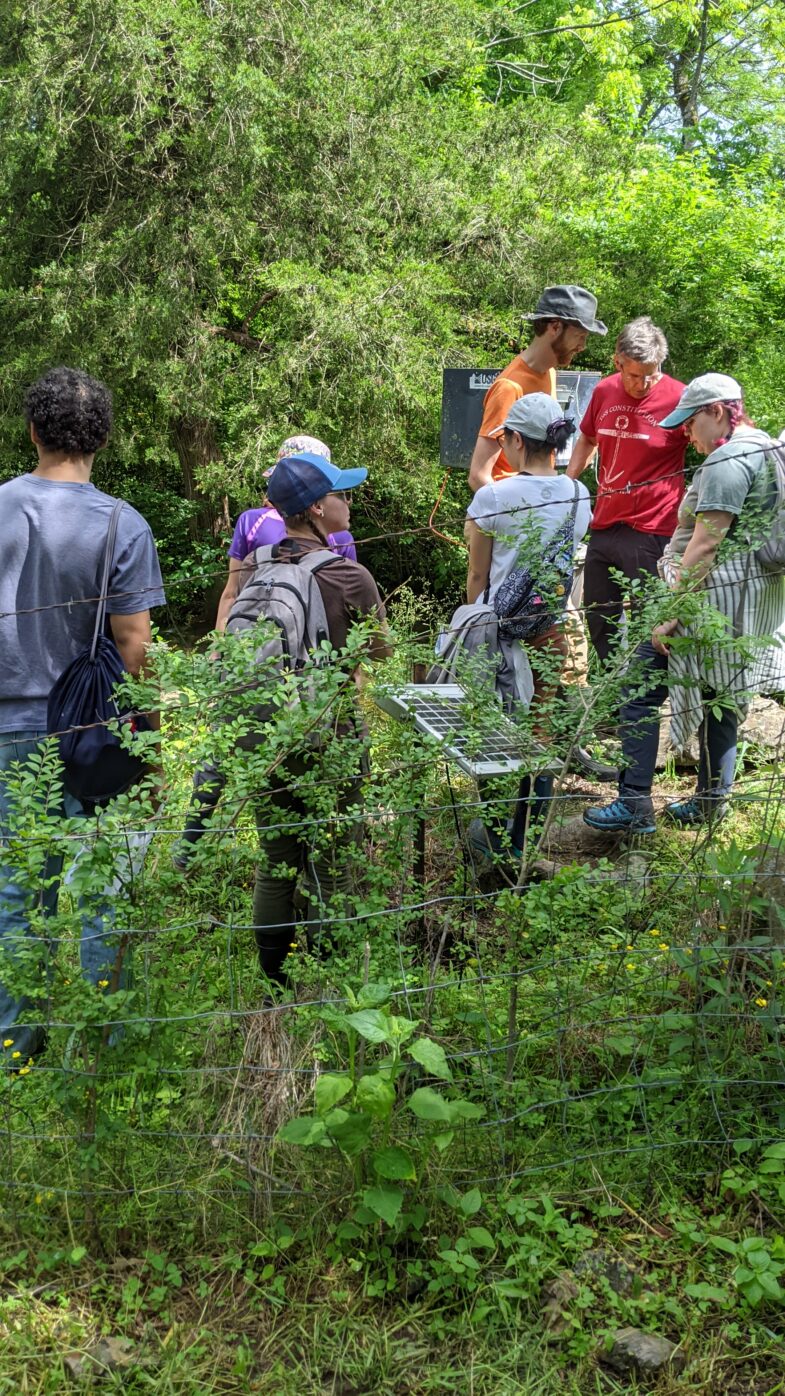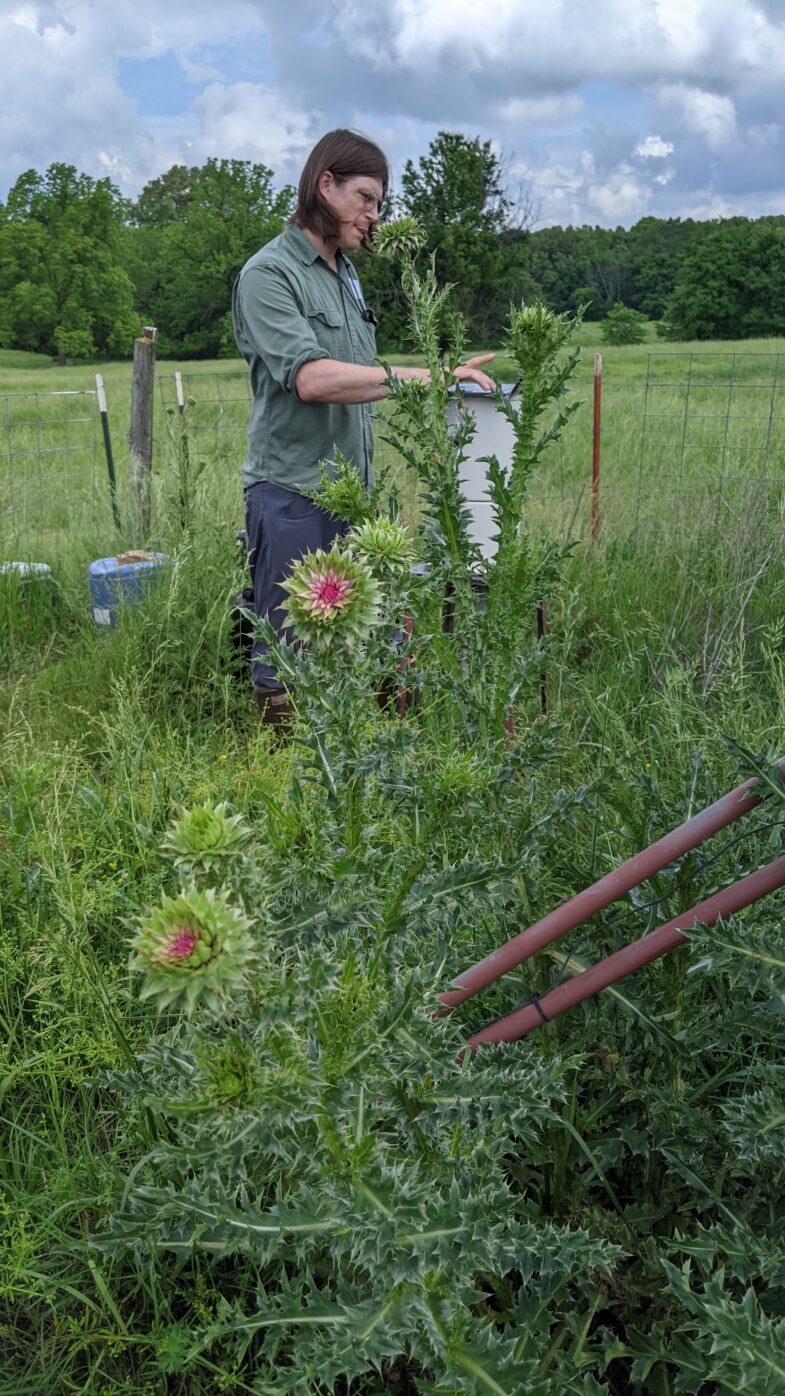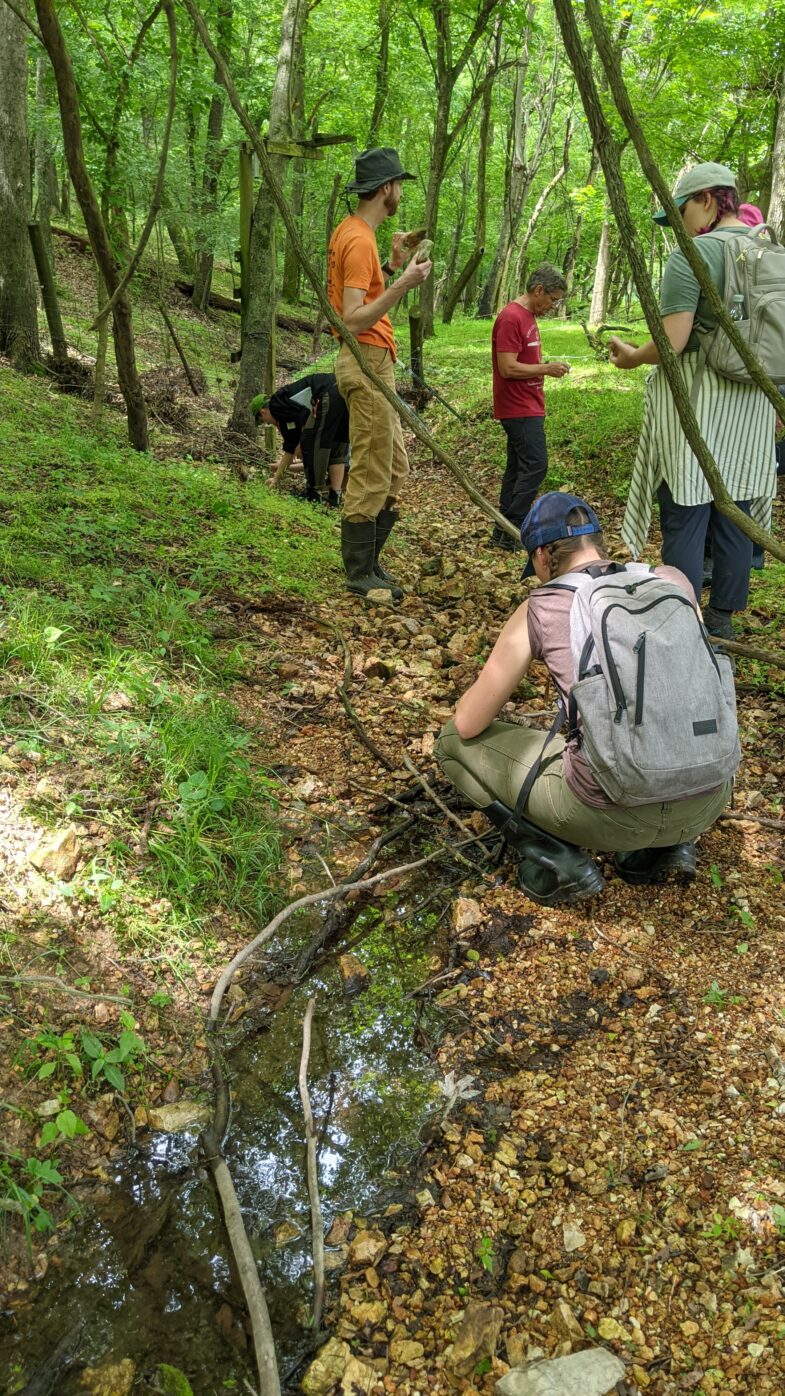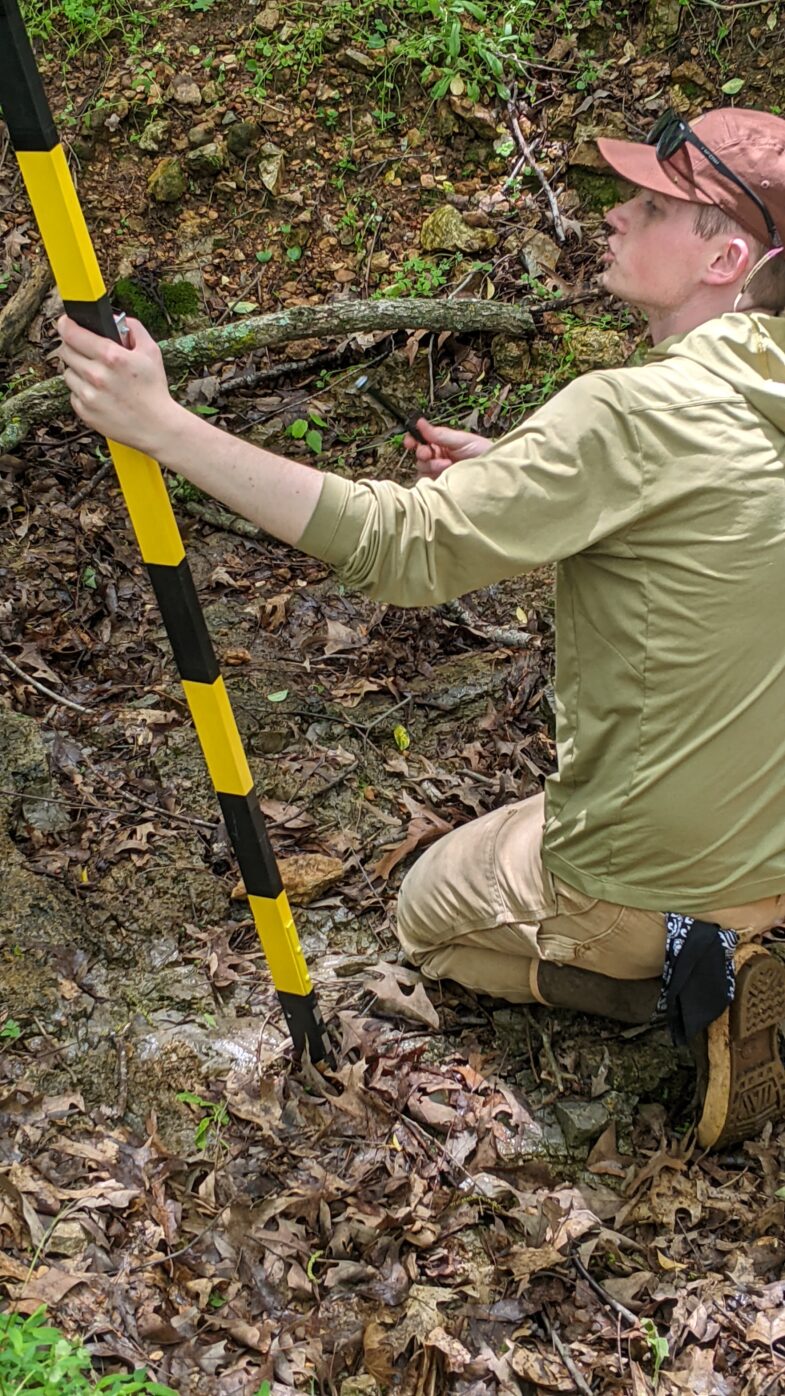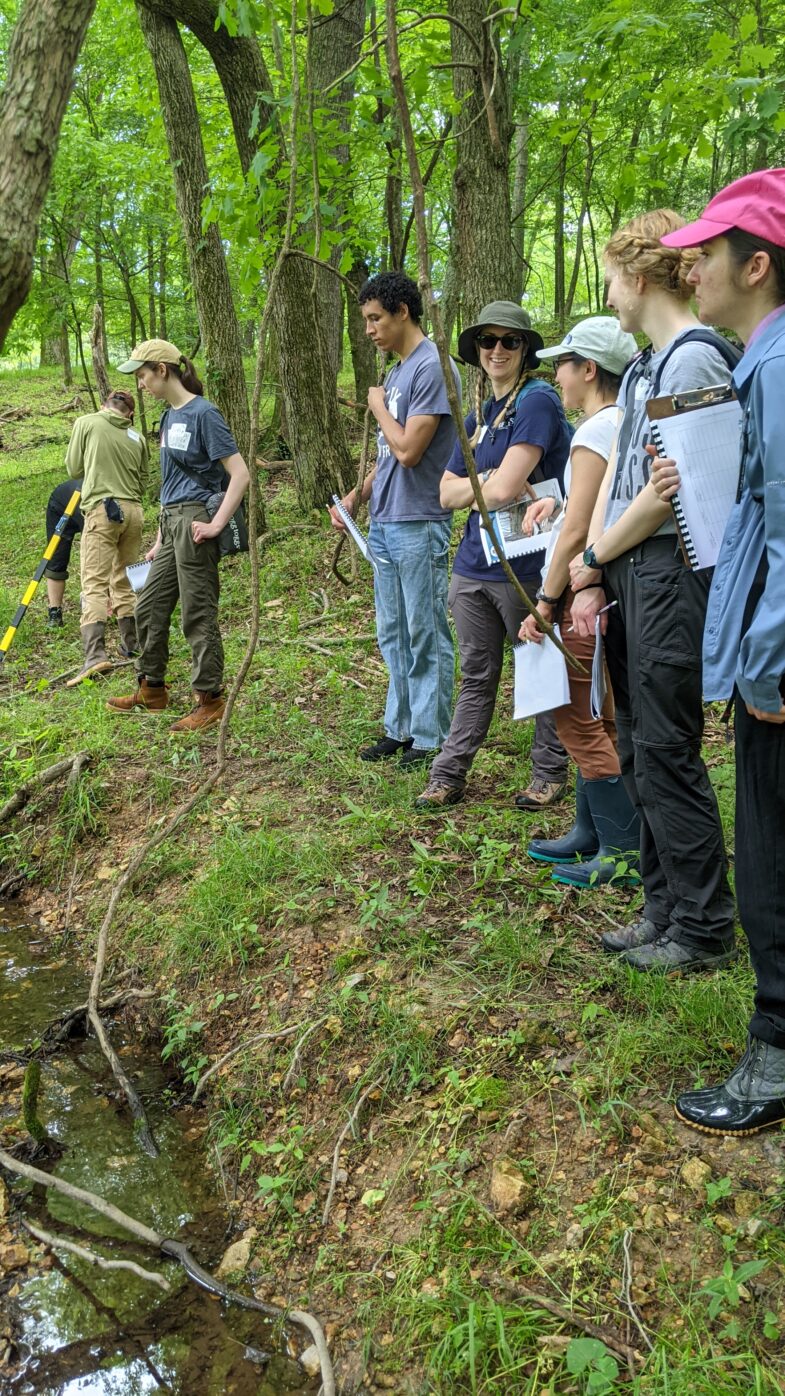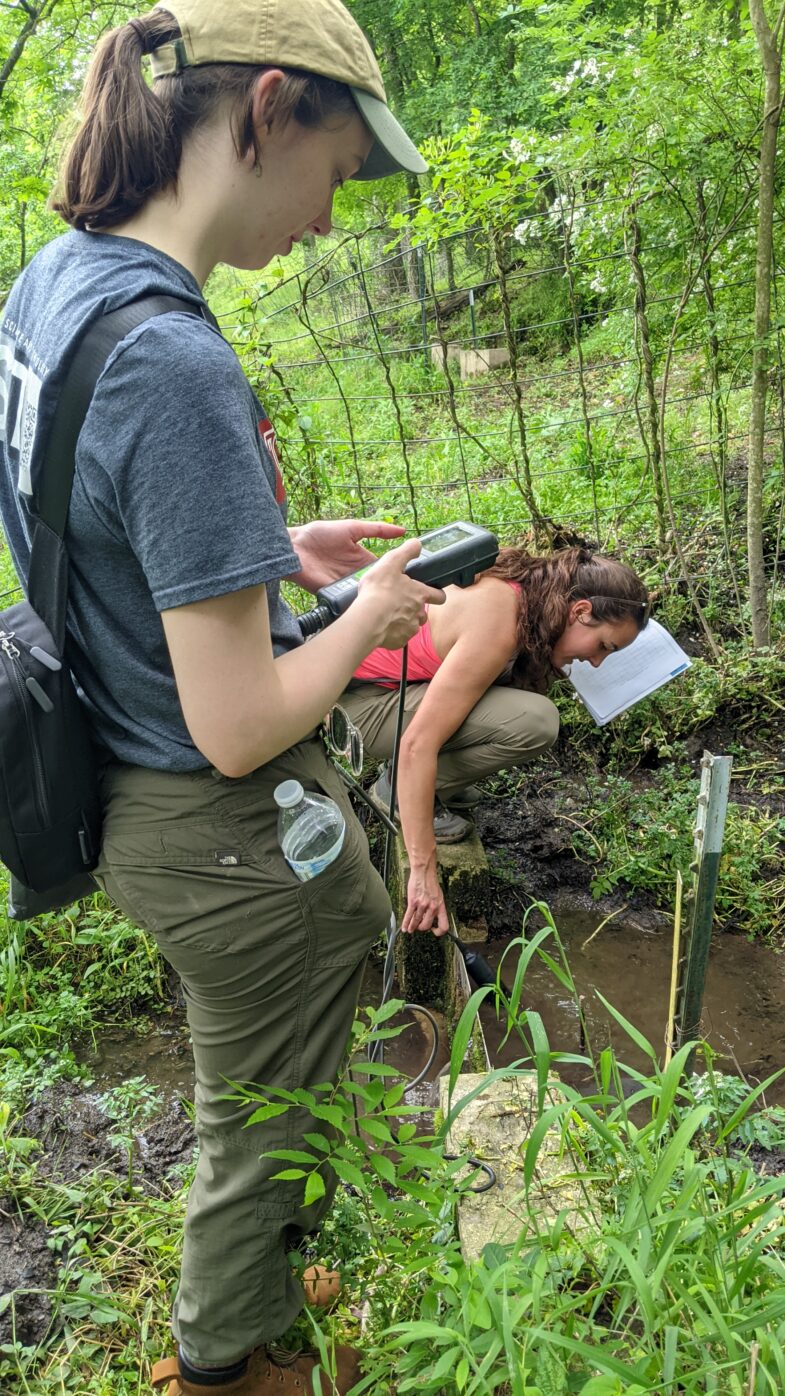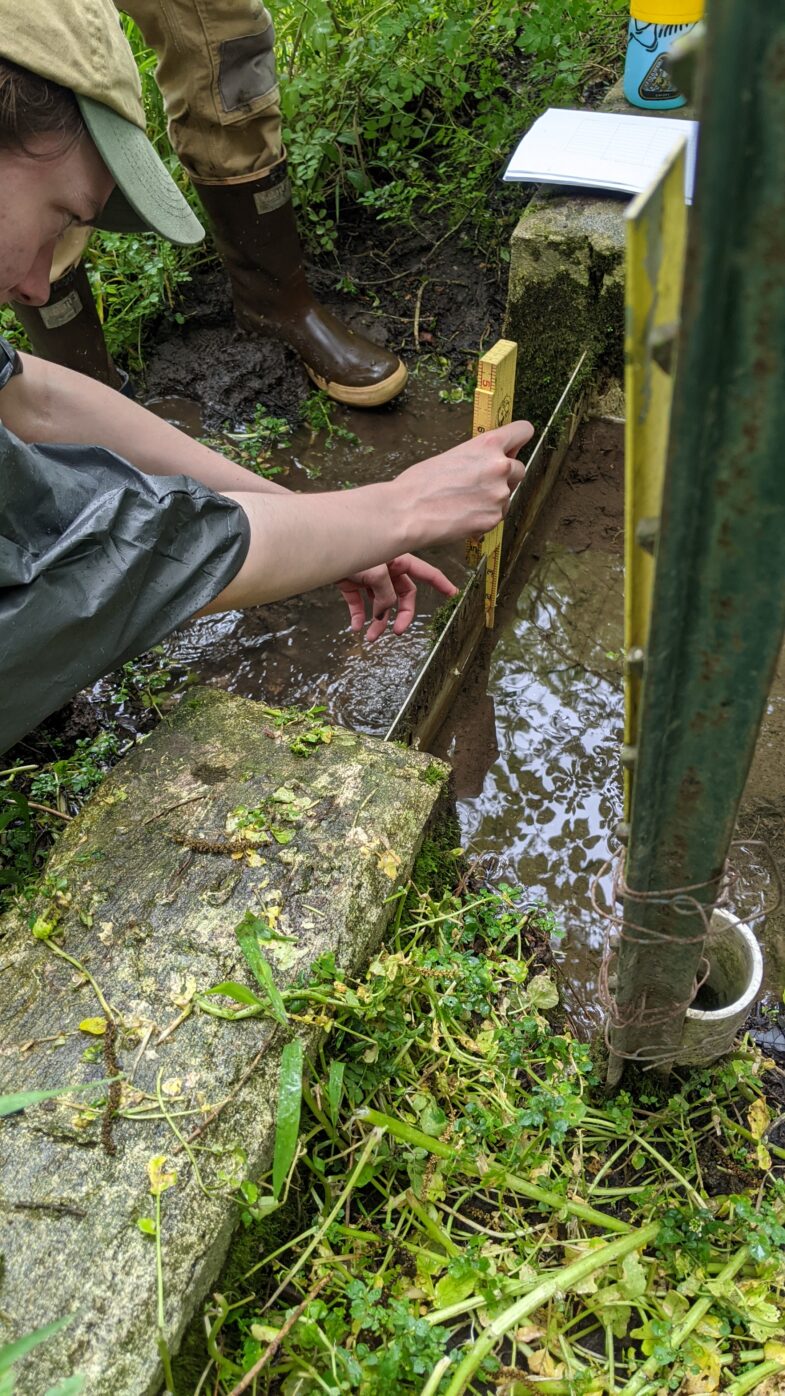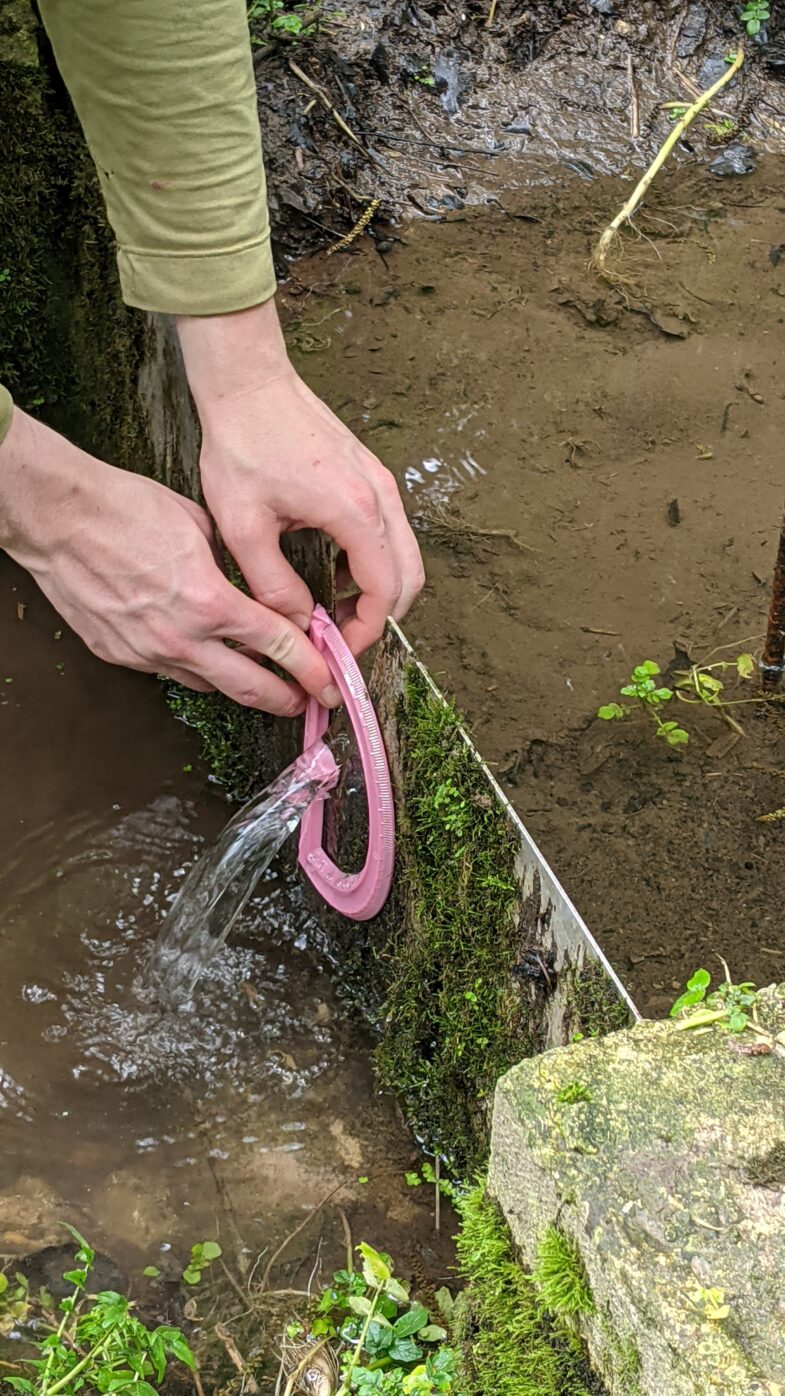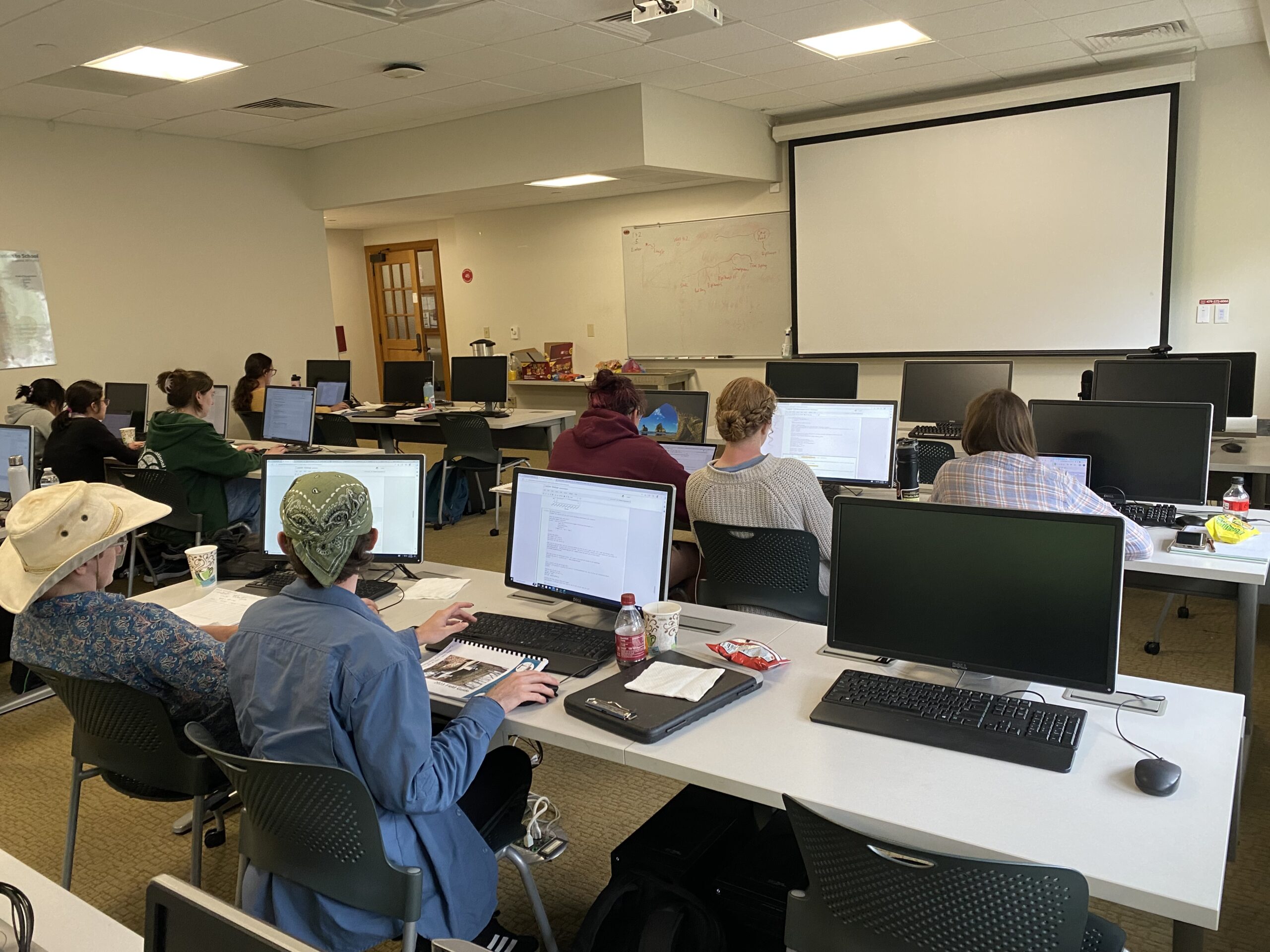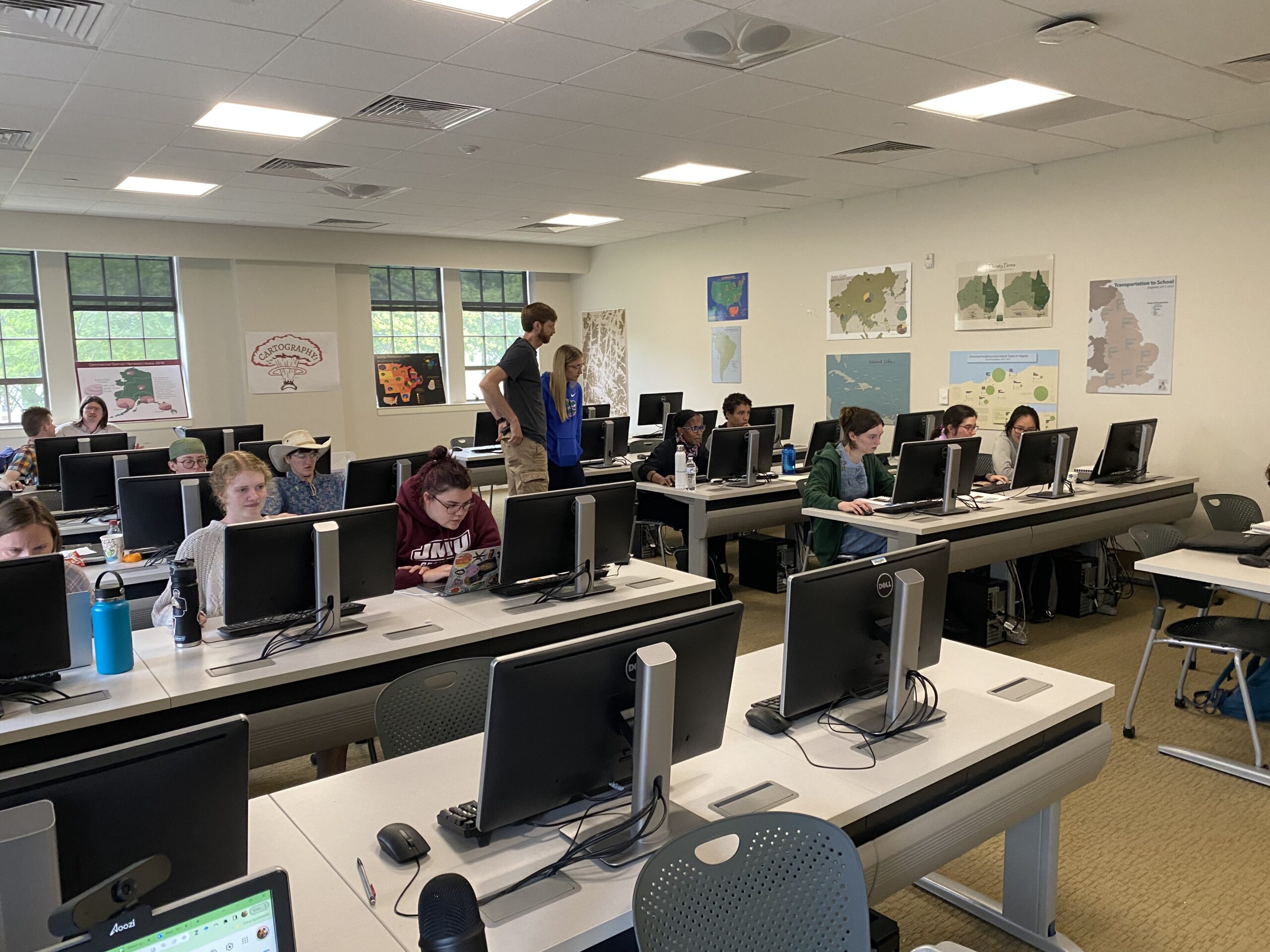Fayetteville, Arkansas, May 15th- 17th, 2023

Goal
The training workshop aimed to inform students from various backgrounds about Critical Zone Science and provide them with networking opportunities to further their academic and professional development.
Overview
Ten undergraduate and recently graduated students learned about Critical Zone Science, an interdisciplinary field that studies the interactions among geology, biology, chemistry, and climate near the Earth’s surface. Critical Zone Science seeks to understand how these interactions shape the surface of the Earth, provide the resources necessary for life, and how climate change and anthropogenic disturbance may impact these processes. Participants engaged in a comprehensive curriculum including data collection, analysis, visualization, and basic Python programming. This equipped them to explore Earth's Critical Zone complexities. Additionally, the workshop facilitated networking. Attendees connected with peers and faculty from the Carbonate Critical Zone Science event, enhancing their learning journey.
Workshop Structure
May 14: Arrival
Evening Ice Breaker: Students and trainers had an opportunity to meet each other with structured ice breakers.
May 15: Field Day at Savoy Experimental Watershed
Training in field methods occurred at the Savoy Experimental Watershed, which is an instrumented hydrologic field site that includes a series of epikarst springs that discharge to a sinking stream known to connect to a perennial spring and a second overflow spring that discharges only during flood conditions. During the field work, the students made observations of the regional stratigraphy, which includes interbedded carbonate and shale units, injected Rhodamine dye into the sinking stream, and measured various parameters including (1) stream and spring discharge with multiple methods (salt dilution, weir flow, bucket), (2) field parameters, including temperature, specific conductivity, and dissolved oxygen, and (3) CO2 and O2 concentrations using underwater logging sensors
May 16: Data Analysis
Computer lab training: The data collected during the first day and time-series data from the same sites collected prior to the training exercise were analyzed using programing in Python. Prior to the analyses, the students were given an introductory lesson in Python programming. The training used both prewritten Python scripts and student-written scripts that reinforced their new skills in programming. Data analyses included calculations of discharge from the different methods used in the field and mass fluxes based on discharge and concentration measurements. The students learned to make various types of plots using Python. The training session ended with discussions of critical zone processes based on the plots they had created. The plots were presented to all participants of the Field Workshop during the group field trip to increase interactions between the student trainees and the workshop participants.
Meet and Greet: This meet and greet aimed to foster networking opportunities for the students with participants of the Field Workshop.
May 17: Field trip with Field Workshop participants
Stop 1: Savoy Experimental Watershed: The Savoy Experimental Watershed (SEW) is a collaborative Research Site for the Study of Animal Waste Management in Mantled Karst Terrains. The main goal of (SEW) is to establish and maintain a long-term research site for comprehensive, multidisciplinary research of animal waste impacts on surface and subsurface water quality and hydrogeology. The SEW has been operational since 1996, and has a discontinuous but meaningful record of hydrologic, water quality, geologic, and soil characterization studies completed. SEW has served primarily as an applied field-training site and education and outreach center, with an impressive array of infrastructure, studies, and understanding gained from field camps, training courses, field trips, and thesis and dissertation research projects
Stop 2: Blowing Springs: Blowing Springs is one of the larger springs and caves in the Bella Vista area. The spring emerges from the St. Joe Limestone. The cave is a branchwork stream cave and the passages are controlled by a mix of bedding partings and joints. The cave displays a regular pattern of chimney effect airflow with cool air blowing out of the cave entrance in the summer and cold winter air being sucked in the entrance in winter. This site has undergone extensive study over the past 15 years, with studies focusing on contaminant transport, CO2 dynamics, and stable isotopes
Stop 3: Crystal Lake: The soil and regolith cover has been removed by erosion from the overflow at Crystal Lake, exposing a subsoil karstification at the top of the St. Joe Formation (Pierson Member). The nearly orthogonal joints direct flow during times of high water, and debris in the enlarging flow passages creates a remarkably variable water level. A spring resurges from the base of the Pierson, and a well washed surface of the underlying Northview Member (shale facies) is visible. The regional confining unit, the Chattanooga Shale, is visible lower in the valley of Wolf Creek. Upstream, and behind the dam, the cherty facies of the lower Boone Formation can be seen in the far bluffs.
Stop 4: Cave Springs: Cave Springs Cave contains one of the largest known populations of the Ozark Blind Cavefish, which is an endangered species. This site is managed by the Arkansas Natural Heritage Commission and the Illinois River Watershed Partnership. The recharge area for the cave has undergone increasing development over the last 30 years. However, the presence of the cave fish has influenced both the location of Highway 540 and Northwest Arkansas Regional Airport.
Dinner Banquet
Meet the team
Dr. Matt Covington - Associate Professor, University of Arkansas
Dr. Jon Martin - Professor, University of Florida
Teresa Baraza Piazuelo- Graduate Student, Saint Louis University
Riannon Colton - Graduate Student, University of Arkansas
Lindsey Cromwell - Graduate Student, University of Florida
Michael Jones - Graduate Student, University of Arkansas
Ethan Oleson- Graduate Student, University of Arkansas

